F1 teams may secure championship points in Sprints and Grands Prix but the data that allows correlation between track and factory is completed in pre-season testing and weekend practice sessions.
But how do the teams achieve this?
Aerodynamicists are able to track the airflow around the car by using flow-vis paint.
What is flow-vis?
Flow-vis is the paint that gets applied to the surface of a specific component to allow aerodynamicists to better visualise the airflow around the car.
It is usually applied just before a driver leaves the garage, so that the paint does not dry before the air is able to dictate the spread.
The colour of the flow-vis paint varies depending on a car's livery, though a green-yellow hue is typically seen. Some teams will use a special paint with which details can only be seen with the use of ultraviolet light to stave off any prying eyes from rival teams.
The application of the paint is an art in itself: too much and the airflow will be unable to create clear lines, with puddles instead forming, whilst too little and it will be nigh-on impossible for data to be collected. Think icing a cake - there is a delicate balance between over-icing and under-icing.
When travelling at high speed, the paint moves across the surface of the car, dictated by the airflow, which leaves lines on the body.
How is F1 flow-vis used?
The car is effectively a laboratory on wheels with the flow-vis applied, using the same effects as a wind tunnel, although in this instance with real-world physics.
This allows aerodynamicists to understand the characteristics of the car in a visual manner, rather than purely using numbers.
Once a car returns to the garage after a run utilising the flow-vis, pictures can be taken in the garage before a clean-up operation begins.
The use of the paint has gained increased importance in F1 since the reduction of testing days permitted, the introduction of the budget cap and the dawn of the Aerodynamic Testing Restrictions, which all limit the amount of information that can be gathered before important race weekends.
What the paint will allow the aerodynamicists to see is not only where the aero performs well, but also any imperfections that allow separation between the body of the car and the airflow.
Don't be surprised to see plenty of paint across the early stages of the new campaign!
Most read
In this article
F1 2024 pre-season testing RN365 News dossier
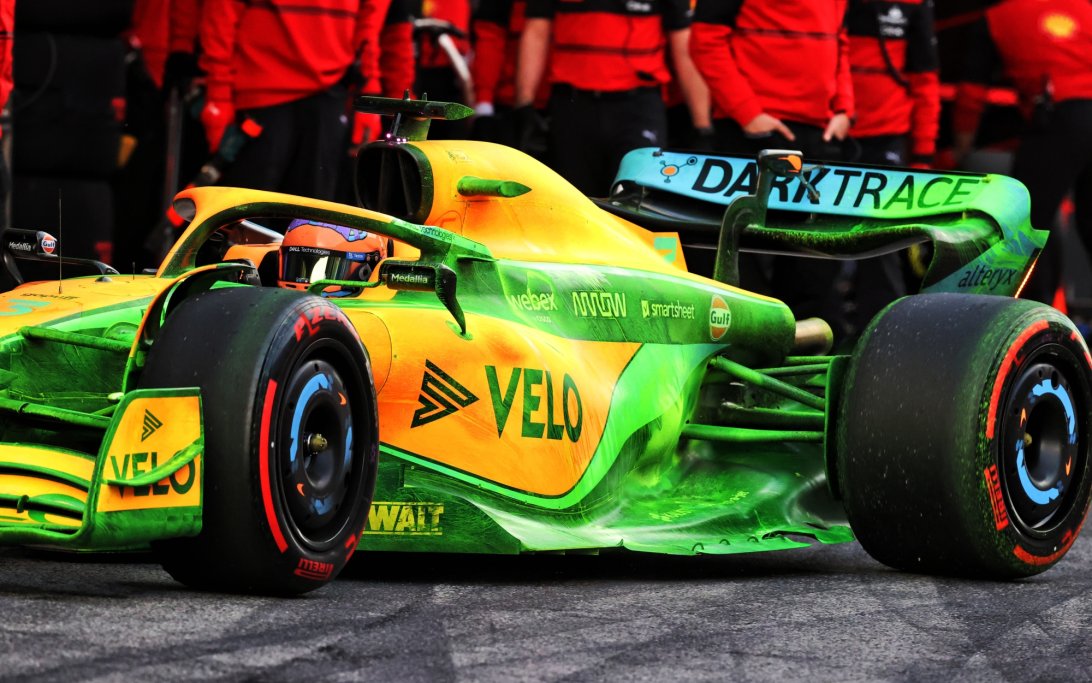
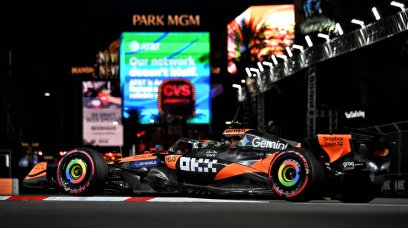
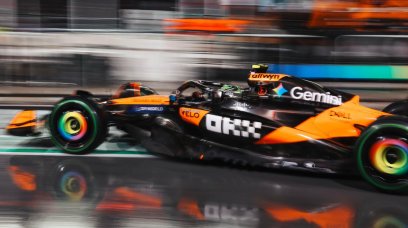
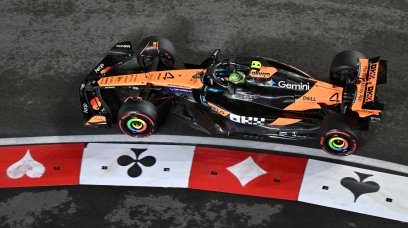
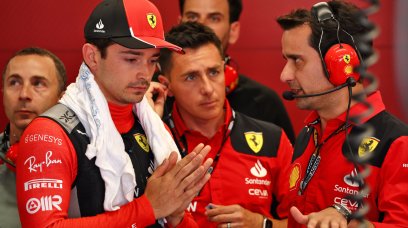
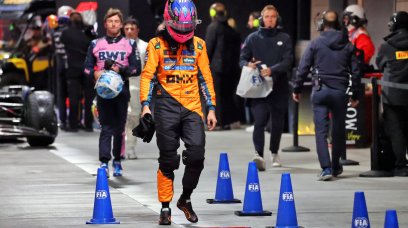

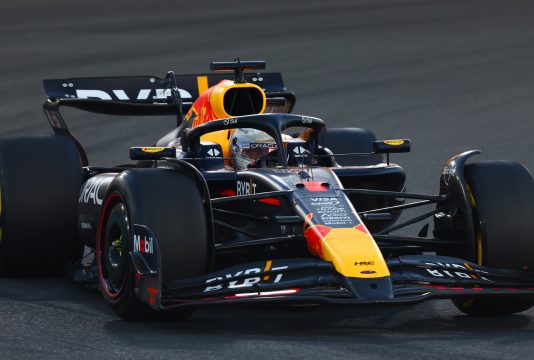
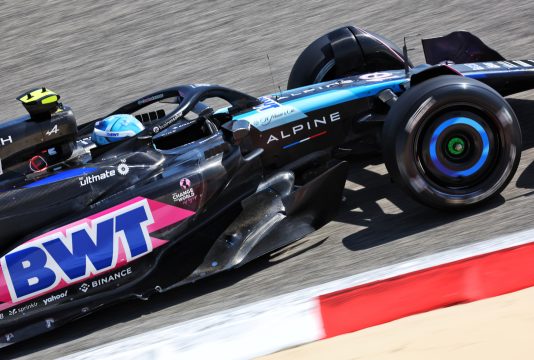
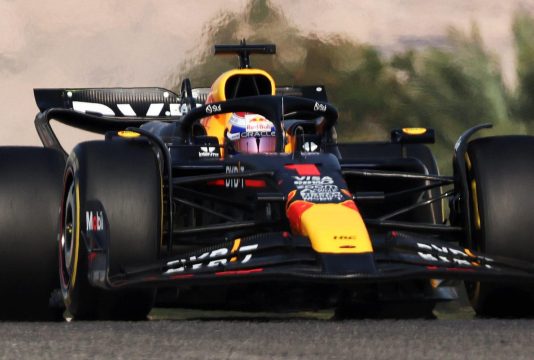
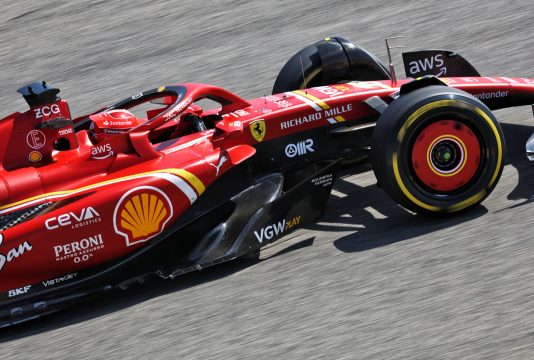

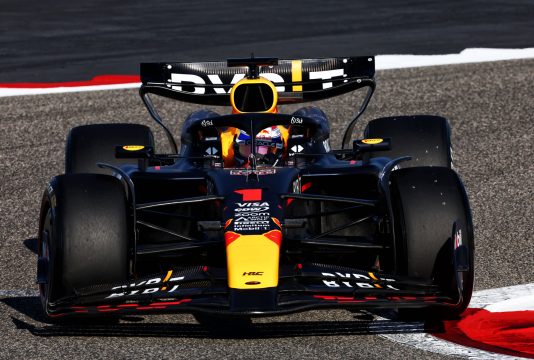
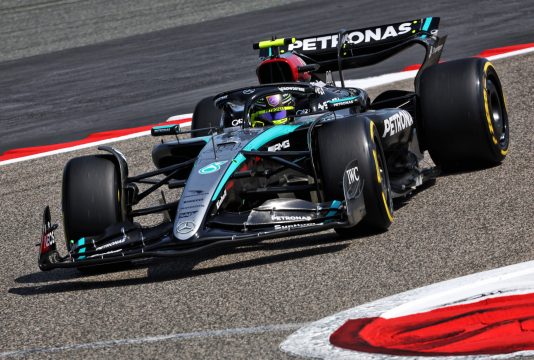
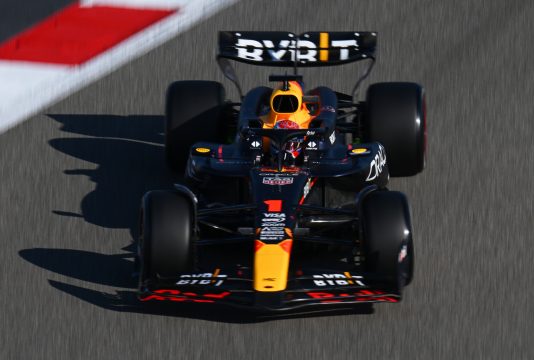
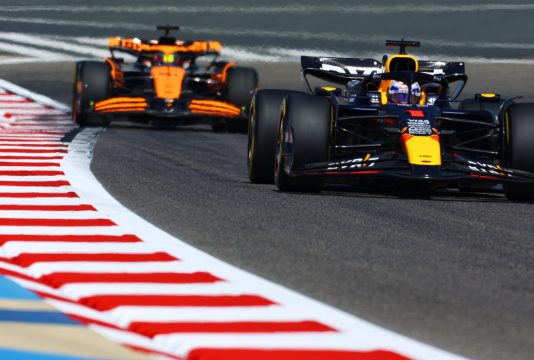
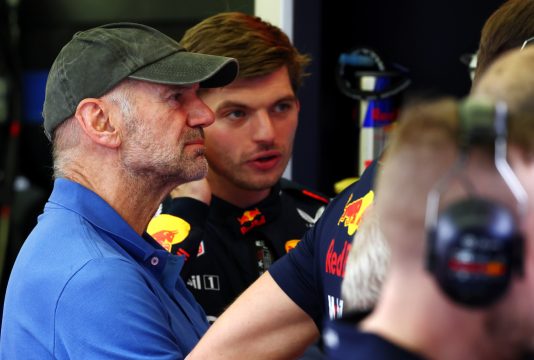
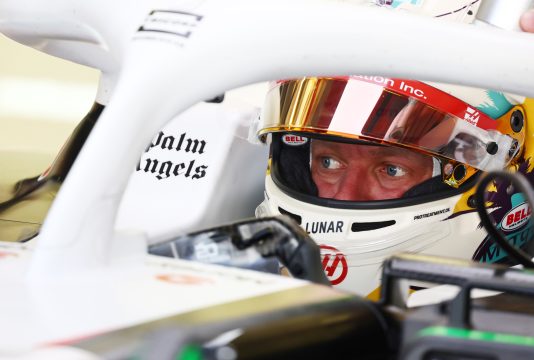

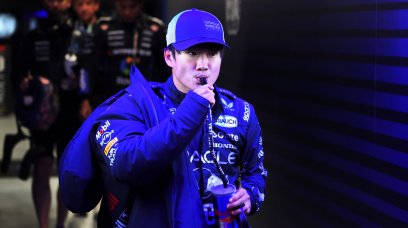
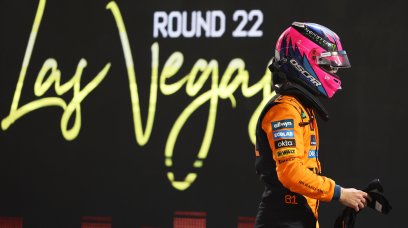
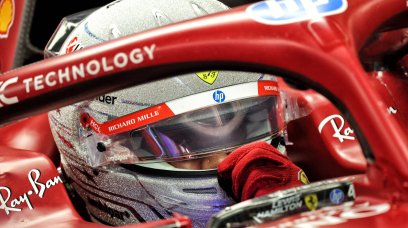












Join the conversation!